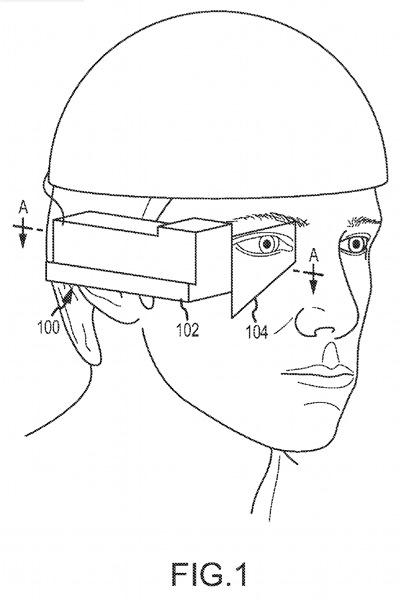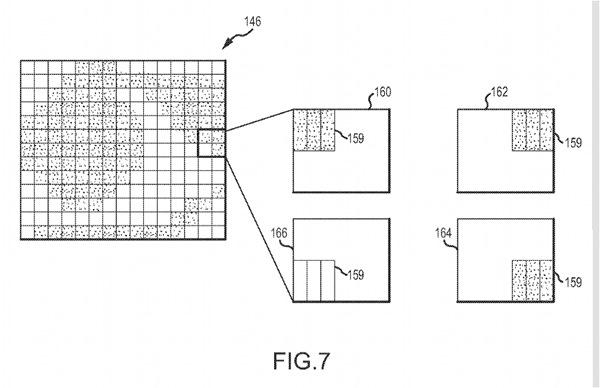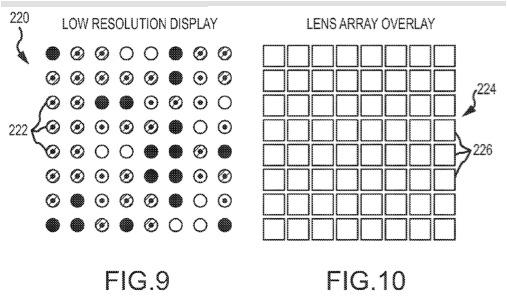Apple patent filing points to Google Glass-like heads-up display tech
The patent filing, titled "Display resolution increase with mechanical actuation," describes a mechanism that can bump the perceived resolution of a digital display without actually increasing the number or density of pixels, a method Apple calls "pixel multiplication."
Thursday's application comes on the heels of Apple's granted U.S. Patent No. 8,212,859 for technology related to head-mounted displays (HMDs) first reported by AppleInsider earlier in July.
As noted by The Next Web, Apple specifically mentions the use of its invention in a "portable heads-up display," a device Google has already prototyped in Project Glass.
While the idea of a wearable HUD is intriguing, existing technologies don't necessarily provide for a user experience consumers have come to expect from portable electronics. Perhaps most noticeable is the quality of a device's screen such as the high-resolution Retina displays used in Apple's iPhone, iPad and now MacBook Pro product lines. Despite its already high pixel density, even a Retina display would look unacceptable at extremely close viewing distances and Thursday's patent filing aims to solve this problem.
Illustration from Apple's patent filing. | Source: USPTO
In the filing's background, Apple notes manufacturing costs and energy concerns are the two main hurdles in building a high-resolution portable display:
These factors may take greater consideration in portable displays devices where batteries provide the power and space/weight may be limited. In particular, a portable heads-up display may be size and weight constrained such that addition of physical pixels may not be practical. Conventionally, fewer physical pixels may mean lower cost to manufacture, lower weight, smaller
size, but also lower resolution.Apple proposes a mechanism that can shift a specially-synchronized digital display assembly fast enough to create a higher perceived resolution without upping the number of physical pixels.
The filing explains:
In particular, an actuator is implemented to shift physical pixels between multiple positions within a prescribed time period so that a single physical pixel appears to a viewer as multiple pixels. Hence, the pixel density is effectively multiplied by the number of positions to which the physical pixels may be displayed.
Supporting claims include methods for storing and displaying image data, feeding said data to corresponding pixels at the correct time during actuation and using lens and mirror configurations to achieve optimal output.
Apple offers two separate methods by which pixel multiplication can be achieved. The first solution, described above, actuates the display itself while a second method involves adding an array of optics between the display and the user's eye. This lens and mirror assembly can be shifted in synchronization with physical pixel output to "give the appearance of multiple pixels per physical pixel."
The filing notes the cost of actuators and circuitry should "generally be much less than the cost of physically representing the pixels independently, especially when the single physical pixel is scaled to represent four or more pixels."
It is unlikely that the technology will be used in a commercial application any time soon if at all, however the filing signals Apple's intent to remain a tech industry innovator.
 Mikey Campbell
Mikey Campbell













 Malcolm Owen
Malcolm Owen
 William Gallagher and Mike Wuerthele
William Gallagher and Mike Wuerthele
 Christine McKee
Christine McKee
 William Gallagher
William Gallagher

 Marko Zivkovic
Marko Zivkovic









